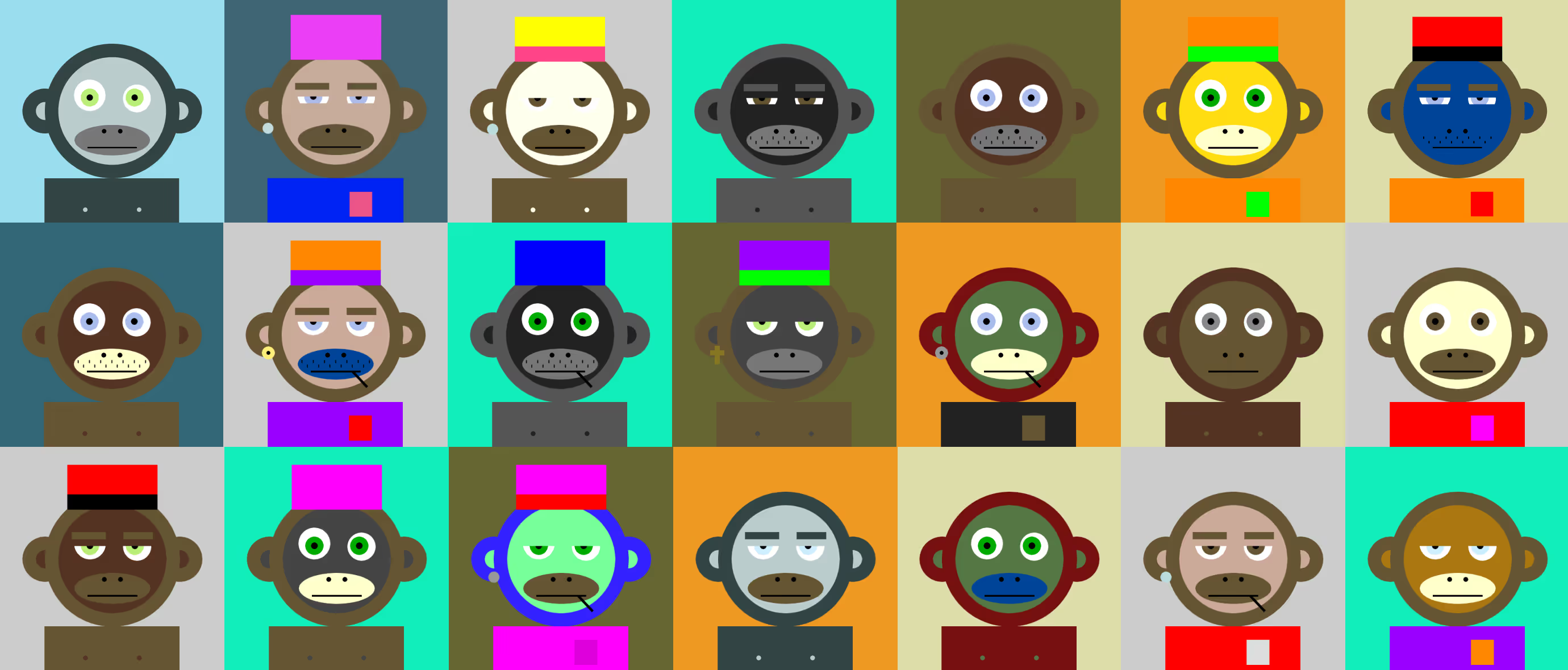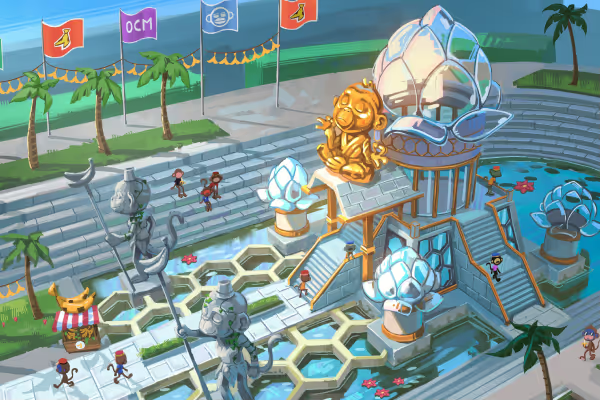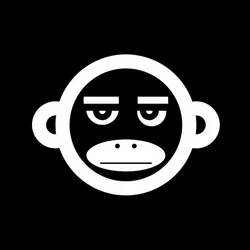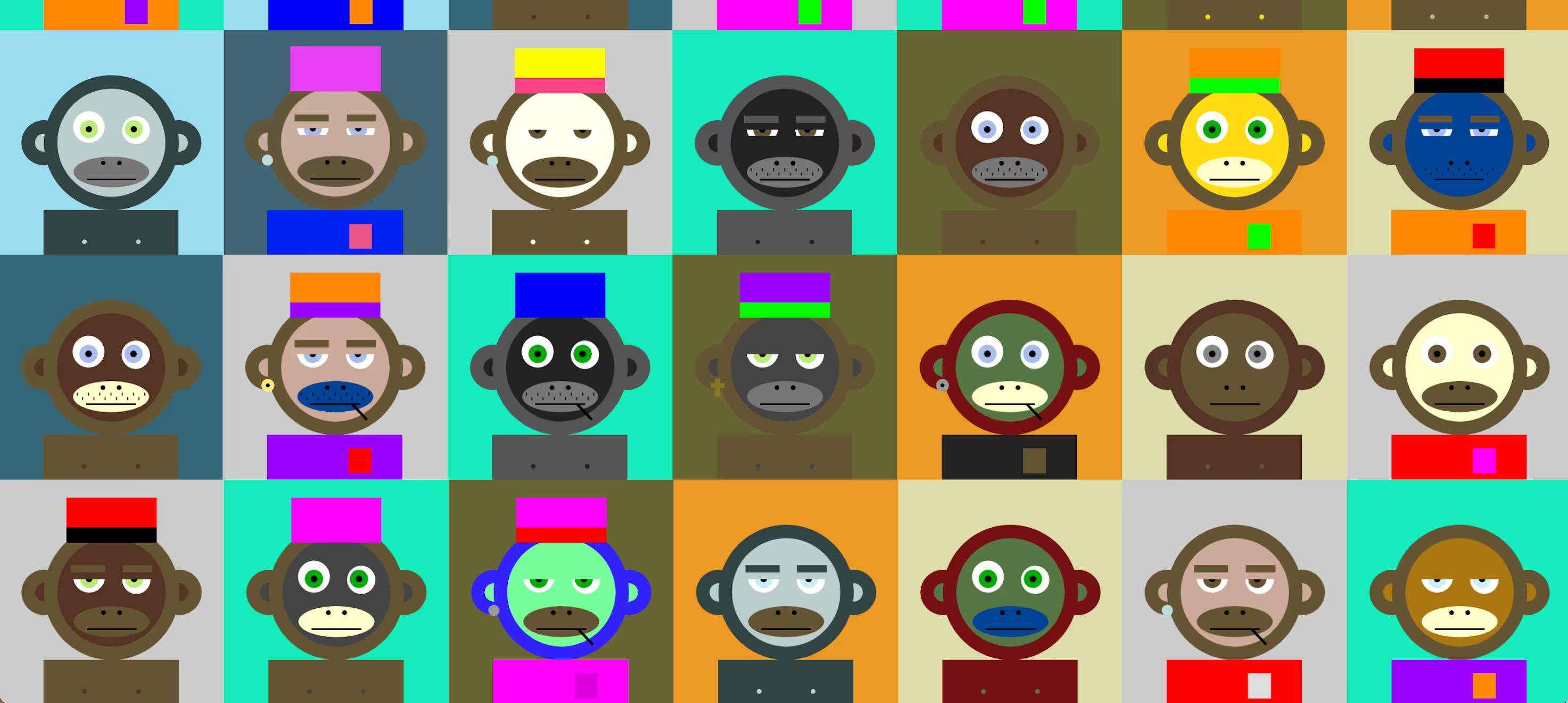
OnChain Monkeys (OCM) is more than just a PFP collection—it’s a technological milestone in the NFT space. Launched in 2021, it was one of the first generative art projects to be fully stored on-chain in a single Ethereum transaction, cementing its place in blockchain history. While most NFT collections rely on off-chain storage, OCM proved that an entire collection—art, metadata, and traits—could be permanently embedded within Ethereum itself. This wasn’t just an artistic choice; it was a statement about digital permanence and decentralization, ensuring that every pixel of these monkeys would exist as long as Ethereum does.
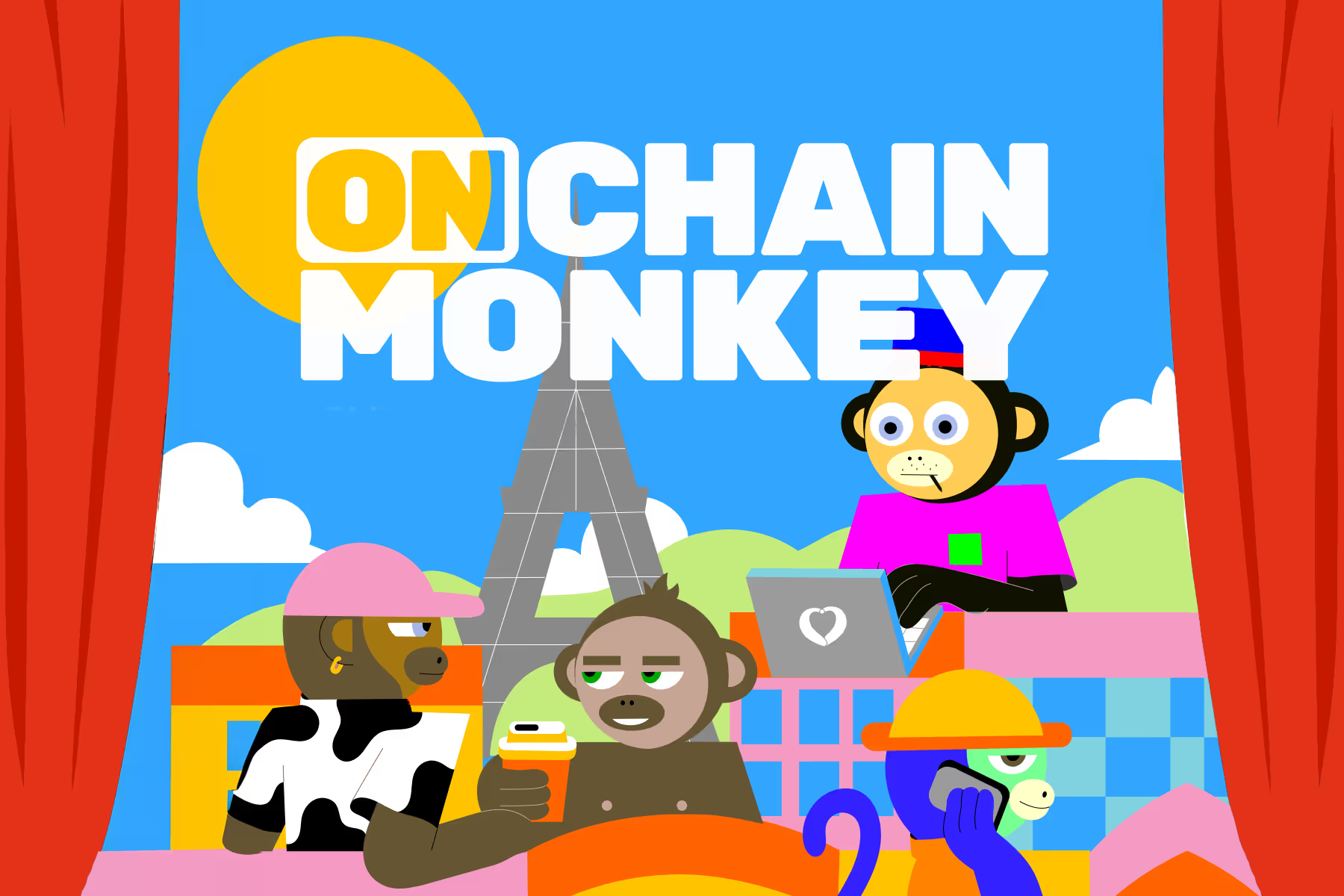
Beyond its technical achievements, OCM embodies a movement rather than just a marketplace. From its inception, the project emphasized community-building, social impact, and philanthropy, with a DAO that directs funds toward real-world initiatives. Unlike many speculative NFT projects, OCM has positioned itself as a force for good in web3, funding sustainability projects and leveraging blockchain technology for social change. The monkeys, with their playful yet wise expressions, reflect this ethos—they aren’t just avatars; they are symbols of innovation, collaboration, and forward-thinking ideals in the decentralized world.
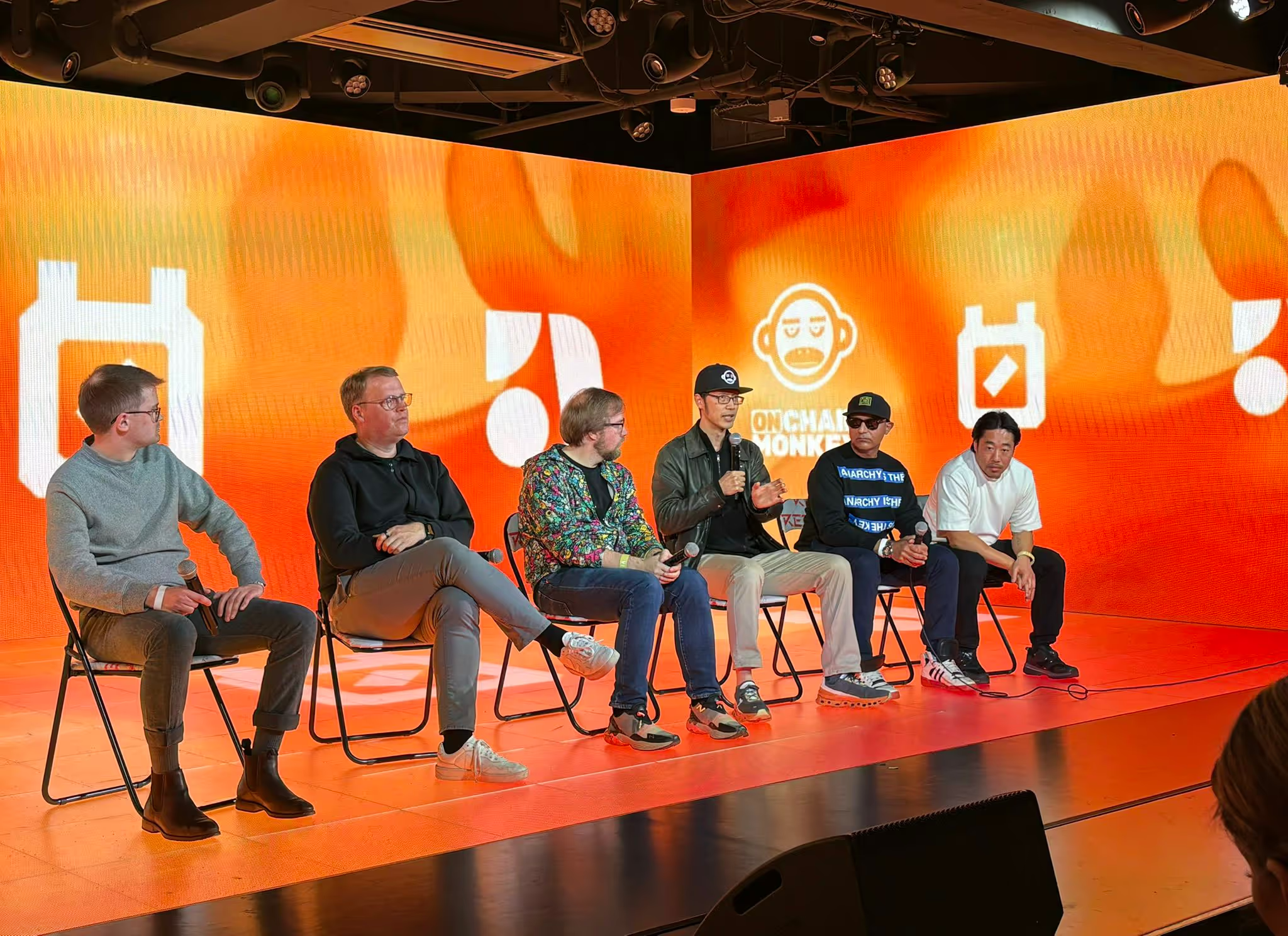
While OCM’s origins are deeply tied to Ethereum, its recent expansion into Bitcoin Ordinals shows a willingness to embrace blockchain evolution. By inscribing OnChain Monkeys onto Bitcoin’s immutable ledger, the project isn’t just preserving its legacy—it’s pioneering multi-chain NFT ecosystems, proving that on-chain generative art can transcend any single blockchain. This transition is symbolic of OCM’s philosophy: always innovating, always adapting, and always pushing the boundaries of what digital ownership can mean. Whether on Ethereum or Bitcoin, the OnChain Monkeys continue to redefine the future of NFTs, proving that their presence is as permanent as the chains they live on.
